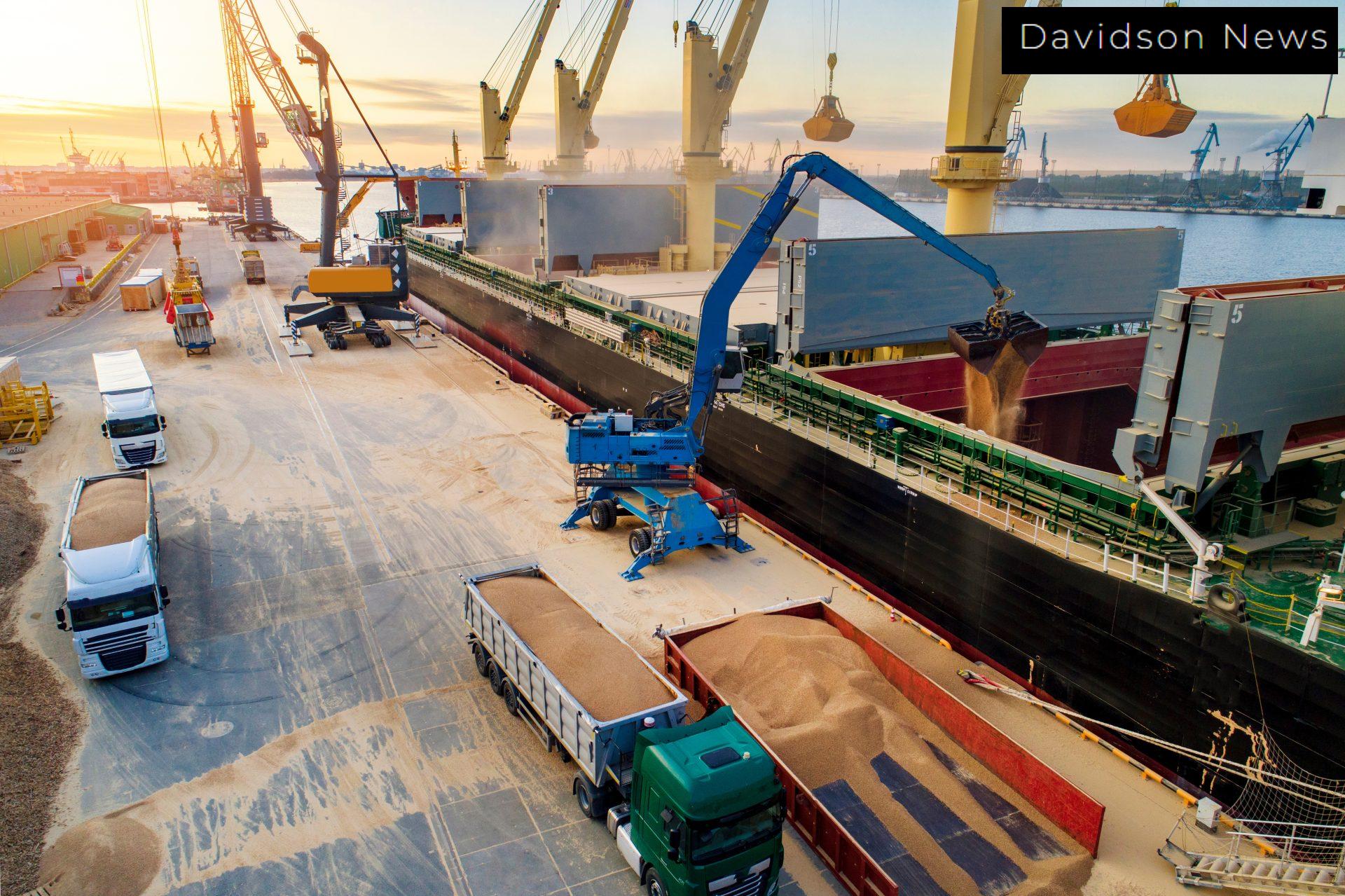The Missouri River is not just a vast body of water; it plays a critical role in the lives of people living near it. Recently, exciting developments have taken place regarding the river’s water, with new legislation proposed in South Dakota that seeks to secure this vital resource for future generations. This initiative could greatly help in preparing for water shortages in western parts of the state, especially during droughts.
New Legislation for Water Supply
The South Dakota House Agriculture and Natural Resources Committee recently approved SJR 501, a significant bill that allows the Western Dakota Regional Water System to use Missouri River water. This water will be essential as the region anticipates growing demands due to population and agricultural needs. Senator Helene Duhamel, the bill’s prime sponsor, strongly believes that securing access to Missouri River water is crucial, especially given possible future claims from neighboring states.
- The bill seeks to lay the groundwork for using Missouri River water to address projected shortages.
- It received overwhelming support in committee, passing with an 11-2 vote.
- During drought periods, western South Dakota will rely on the river more than ever.
Understanding the Importance of the Missouri River
The Missouri River is the longest river in North America, and it flows through several states, including Montana, North Dakota, South Dakota, Nebraska, Iowa, Kansas, and Missouri. It acts as a lifeline for communities, providing water for drinking, farming, and recreation. With safe access to its waters, local farmers can ensure crops flourish even when conditions turn dry.

The Forecast for Water Supplies
As the Missouri River becomes more vital for future water needs, the Army Corps of Engineers announced a below-average runoff forecast for the basin in 2025. Only 91 percent of the expected runoff was recorded last month, which is a sign for concern. Although mountain snowpack showed improvement, it’s still below average. In fact, much of the snow from the plains has melted away.
- February’s runoff in the basin above Sioux City reached about one million acre-feet.
- The overall 2025 forecast estimates a total runoff of 22.1 million acre-feet, just 86 percent of the average.
- The current water volume in the Missouri River Mainstem Reservoir System is significantly less than required.
What This Means for Communities
The impact of the Missouri River stretches far beyond the water’s edge. Farmers depend on it for irrigation, communities rely on it for drinking water, and local businesses benefit from its recreational opportunities. As the South Dakota government prepares for potential water shortages, the state’s commitment to securing this vital resource is essential. The approval of SJR 501 is just a step forward in ensuring that future generations will continue to have access to water from the Missouri River.
How Can You Get Involved?
If you are interested in supporting efforts to secure water resources in your community, consider reaching out to local representatives. Sharing your thoughts on the importance of water usage can lead to positive changes. Whether it’s through community events, sharing information online, or discussing your concerns at town hall meetings, every voice contributes to the ongoing conversation about our water supplies.
Final Thoughts
The Missouri River is more than just a river; it’s a critical part of the community and the environment. Ongoing efforts like SJR 501 not only aim to preserve this important resource but also ensure that residents can continue to thrive with the water they depend on. Keeping an eye on river conditions and legislation can help everyone stay informed about the health of the Missouri River and the communities it supports.
